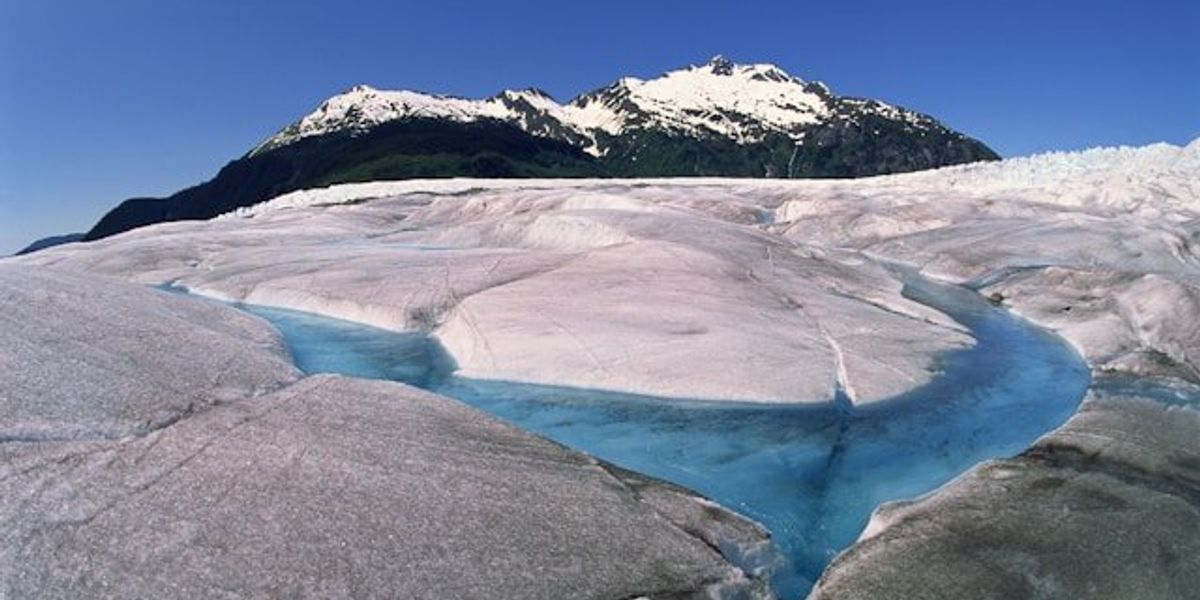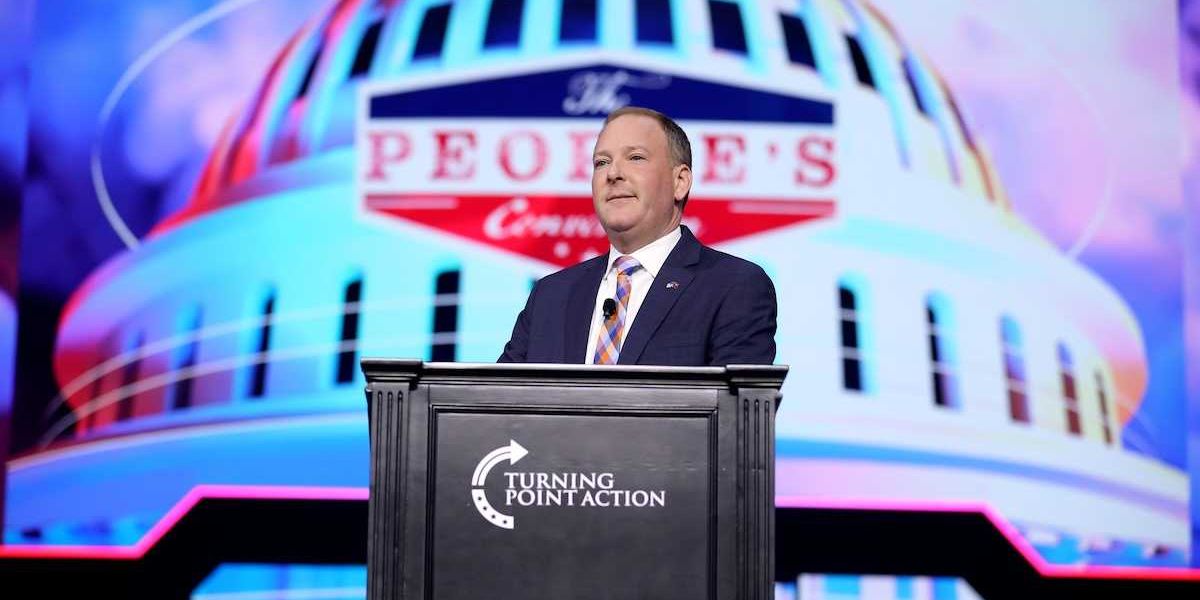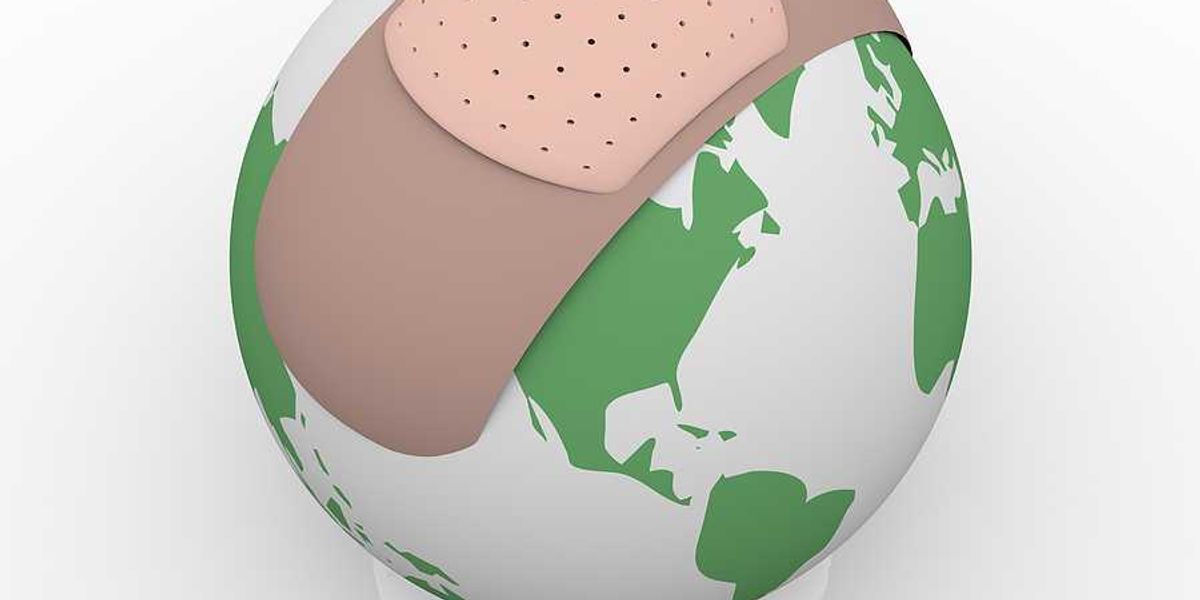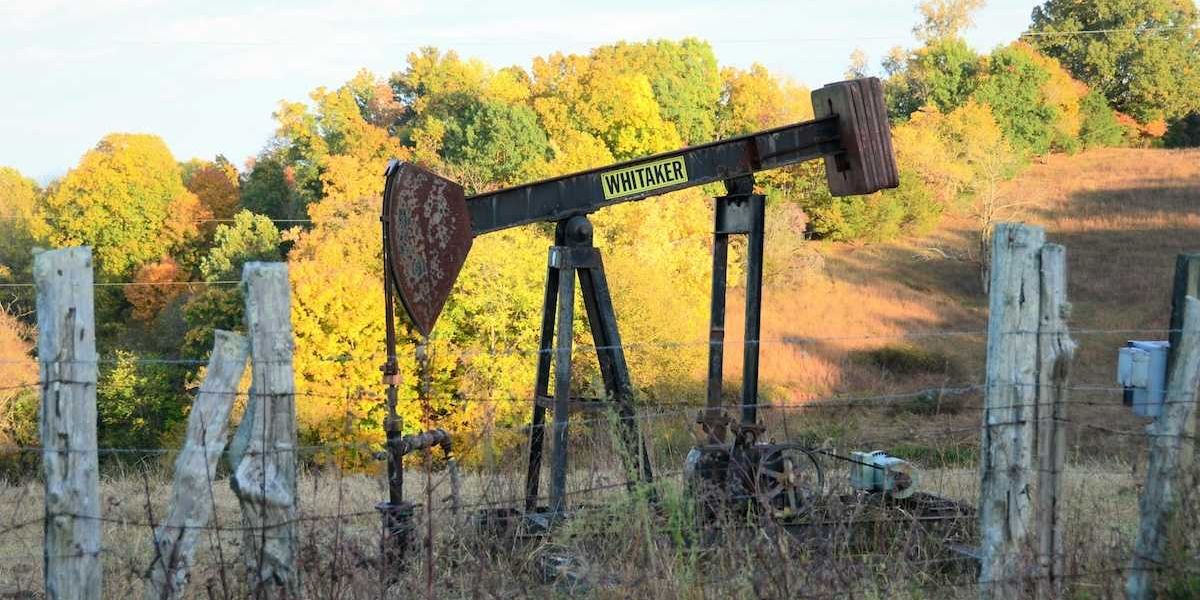
Melting Alaskan glacier sends floodwaters toward Juneau as city tests emergency wall
A surge of meltwater from Suicide Basin has triggered another glacial outburst flood near Juneau, Alaska, putting new flood defenses to a critical test.
Joshua Partlow reports for The Washington Post.
In short:
- The Mendenhall Glacier is again releasing floodwaters after Suicide Basin overflowed, prompting emergency evacuations in parts of Juneau.
- City officials, working with the Army Corps of Engineers, installed a two-mile wall of Hesco barriers along the Mendenhall River to protect neighborhoods.
- The river, already swollen from days of rain, is expected to crest above previous records, posing a serious challenge to the barriers.
Key quote:
“It’s pretty stunning how much water is in there right now.”
— Eran Hood, hydrologist, University of Alaska Southeast
Why this matters:
As Alaska’s glaciers retreat due to rising temperatures, glacial outburst floods — also known as jökulhlaups — are becoming more frequent and dangerous. These floods are unpredictable and can release massive volumes of water in a matter of hours, endangering communities built along waterways once considered stable. In Juneau, the combination of glacier melt and heavy rainfall can create a flash flood scenario with little warning. As glaciers thin and destabilize, the dynamics of meltwater flow become harder to predict, complicating emergency planning. Events like this expose the vulnerability of Arctic and sub-Arctic regions to climate change, where melting ice is not just a long-term concern but a pressing public safety risk. The ongoing flood response also reflects how much infrastructure and resources are being directed toward climate adaptation in even relatively remote parts of the U.S.
Related: A glacier in Alaska causes record flooding in Juneau













